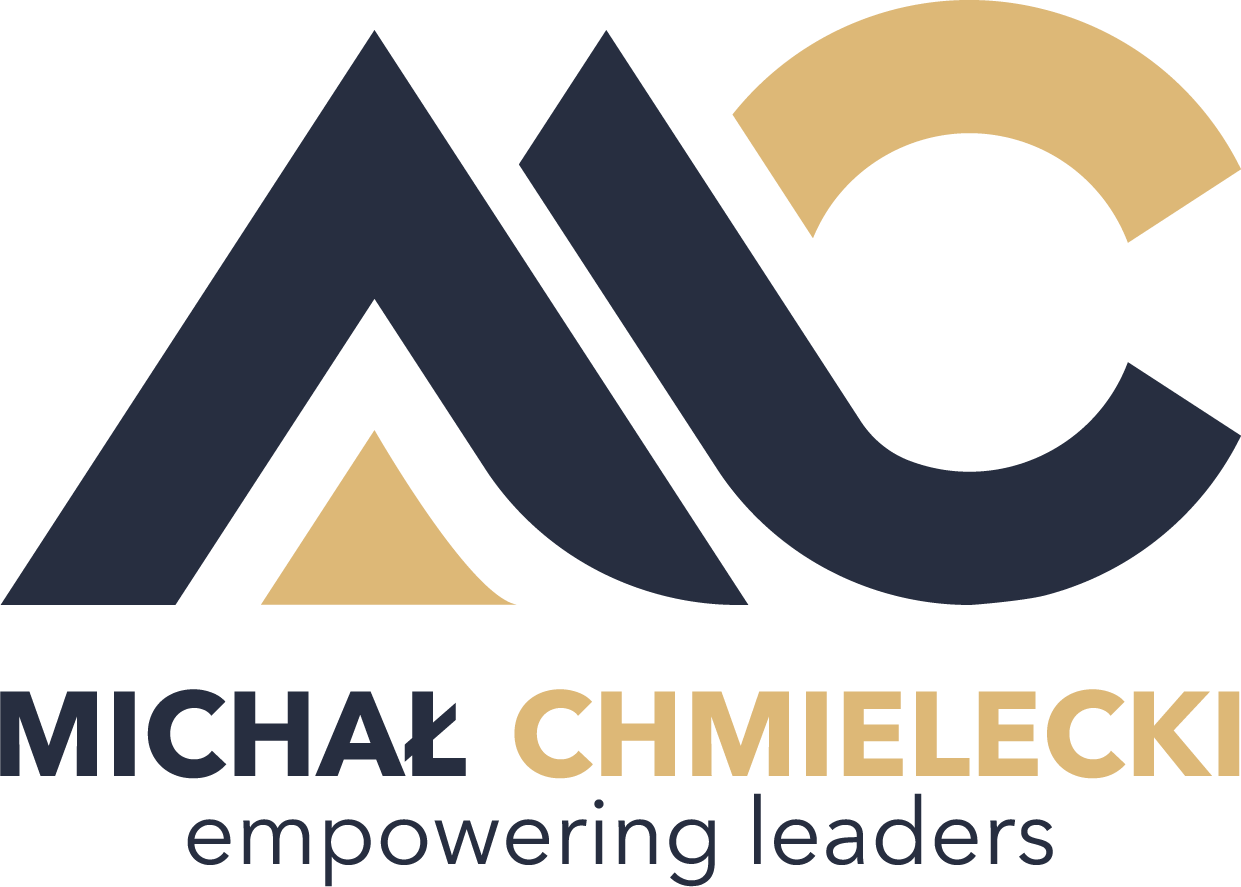Why Organizations Struggle to Change: The Missing Skill No One Talks About
Introduction
Most organizations don’t fail because they lack vision, technology, or strategy.
They fail because they struggle to change human behavior at scale.
We tend to assume that once people see the logic behind a transformation, they will get on board automatically.
But logic doesn’t change behavior.
Conversation does.
Influence does.
Negotiation does.
And this is where most transformation efforts silently collapse.
The Hidden Cost of Misalignment
When teams disagree — or simply misunderstand each other — projects stall.
Symptoms look like:
Endless meetings that solve nothing
Passive resistance
Conflicting priorities
Unclear ownership
Scope creep disguised as urgency
Leadership often interprets this as a “tool problem” or a “process problem.”
In reality, it’s usually a conversation problem.
Change = Negotiation
You can’t implement change without negotiating:
Priorities
Trade-offs
Expectations
Resources
Roles
Risk tolerance
Every change is a series of micro-negotiations.
When leaders lack the skills to navigate them, they turn to escalation, politics, or pressure — all of which create resentment and resistance.
Why Technical Expertise Isn’t Enough
Most organizations promote people based on:
Execution
Subject matter expertise
Tenure
But change leadership requires interpersonal mastery:
Reading resistance
Surfacing tension early
Managing emotion under pressure
Finding shared interests
Influencing without authority
These aren’t intuitive.
They must be learned — and practiced.
The Conversation Gap
The conversation between:
“We say we want to change”
and
“We are changing together”
is bridged by skills most employees were never trained for.
This gap explains:
Slow adoption
Hidden conflict
Decision fatigue
Burnout
Quiet quitting
People aren’t resisting change.
They’re resisting poorly managed change conversations.
Practice Makes Change Possible
Forward-thinking organizations are now investing in experiential learning that mirrors real workplace tension:
Conflict simulations
Stakeholder role-plays
Scenario-based negotiation labs
Coaching for influence and alignment
One effective approach is structured professional negotiation workshops, where employees develop the confidence to navigate complex interpersonal dynamics with clarity and empathy.
Explore this capability here:
https://www.michalchmielecki.com/negotiation-workshops
These environments turn theoretical change into practiced behavior.
From Pressure to Partnership
People don’t resist change when they:
Feel heard
Understand trade-offs
See the benefit
Have a voice in shaping the outcome
Negotiation skills turn pressure into partnership — the core ingredient of successful transformation.
The Undeniable Pattern
Every successful transformation shares three traits:
Strong internal negotiators
who can align diverse interestsLeaders who manage emotion
not just executionCultures where disagreement is safe
because tension drives innovation
Without these, transformation becomes a slogan.
The Real Competitive Advantage
In a world where:
Technology converges
Strategy is transparent
Markets shift rapidly
The advantage that remains defensible is how well your people navigate conflict and complexity.
Organizations that master this:
Move faster
Adapt cleaner
Execute deeper
Retain better
Collaborate smarter
And they do it with less friction.
Conclusion: Change Lives in Conversation
Transformation is not a plan on paper.
It is a series of human conversations — often difficult, always consequential.
If you want to change outcomes, change how people:
negotiate ambiguity
resolve tension
align interests
influence across boundaries
Because when conversation improves,
change accelerates.
And when negotiation skills scale across the organization,
transformation becomes inevitable — not aspirational.
